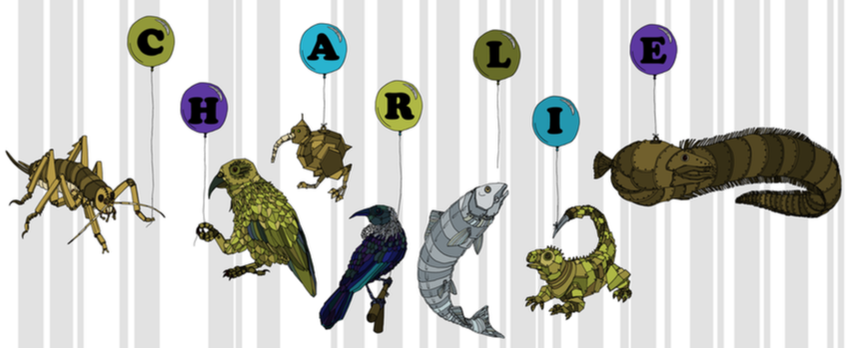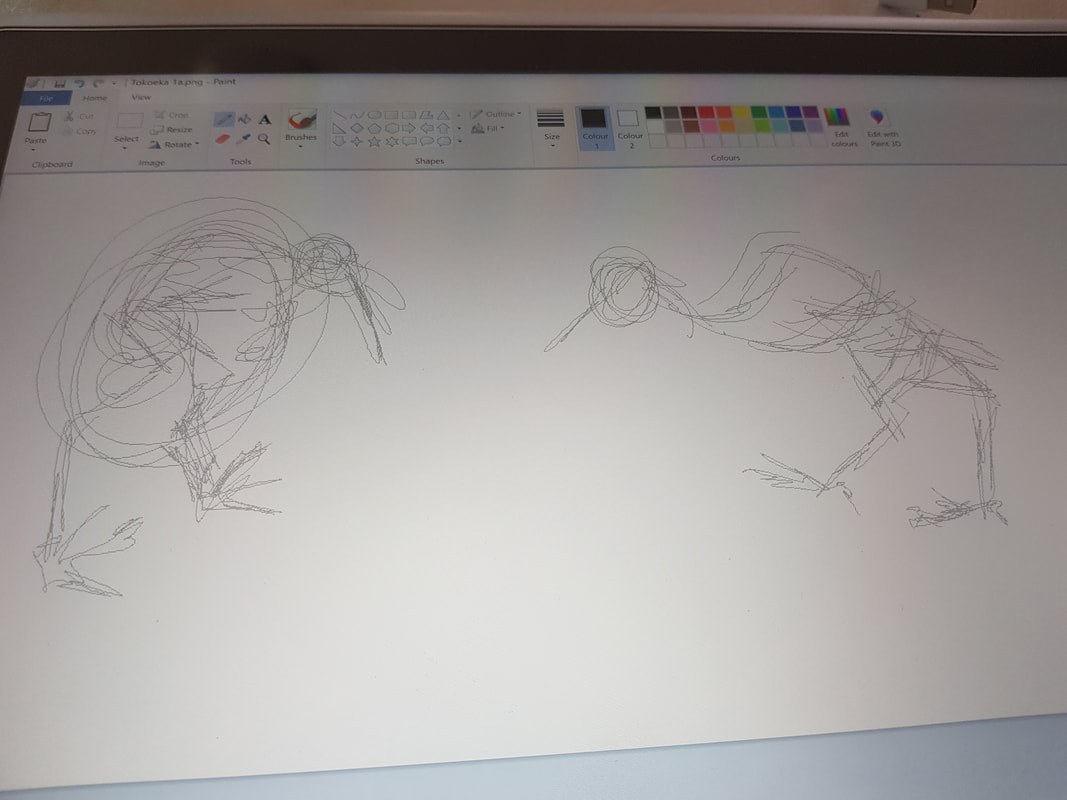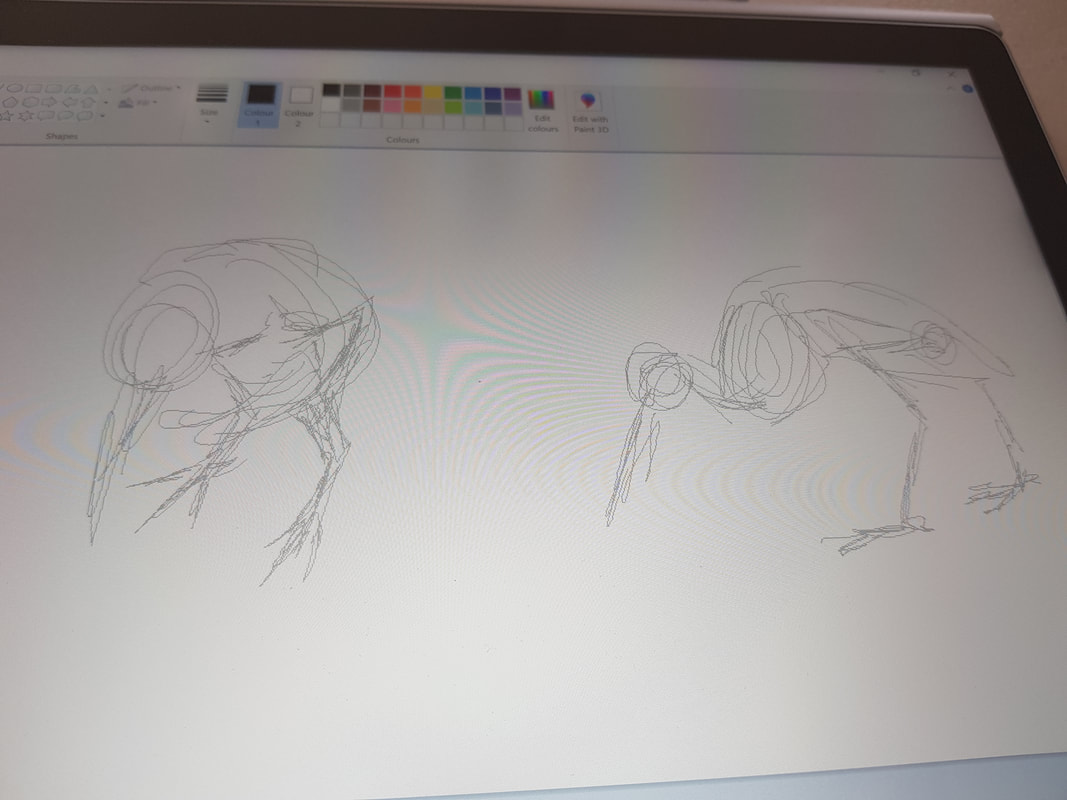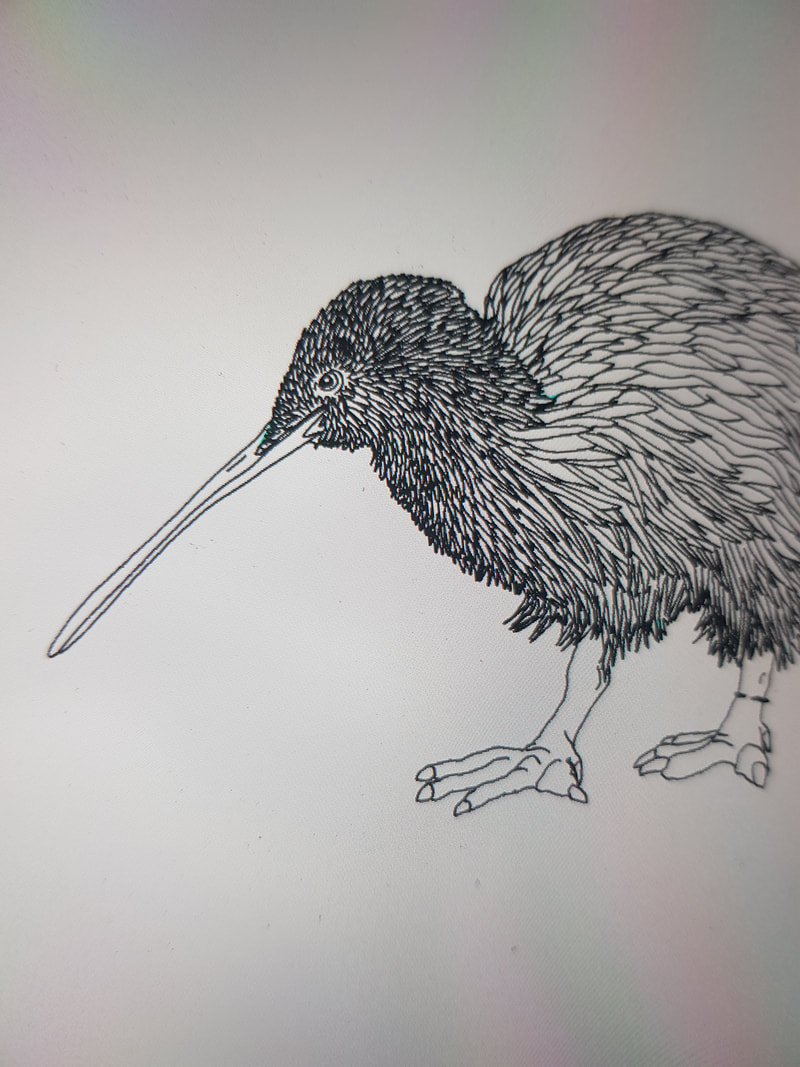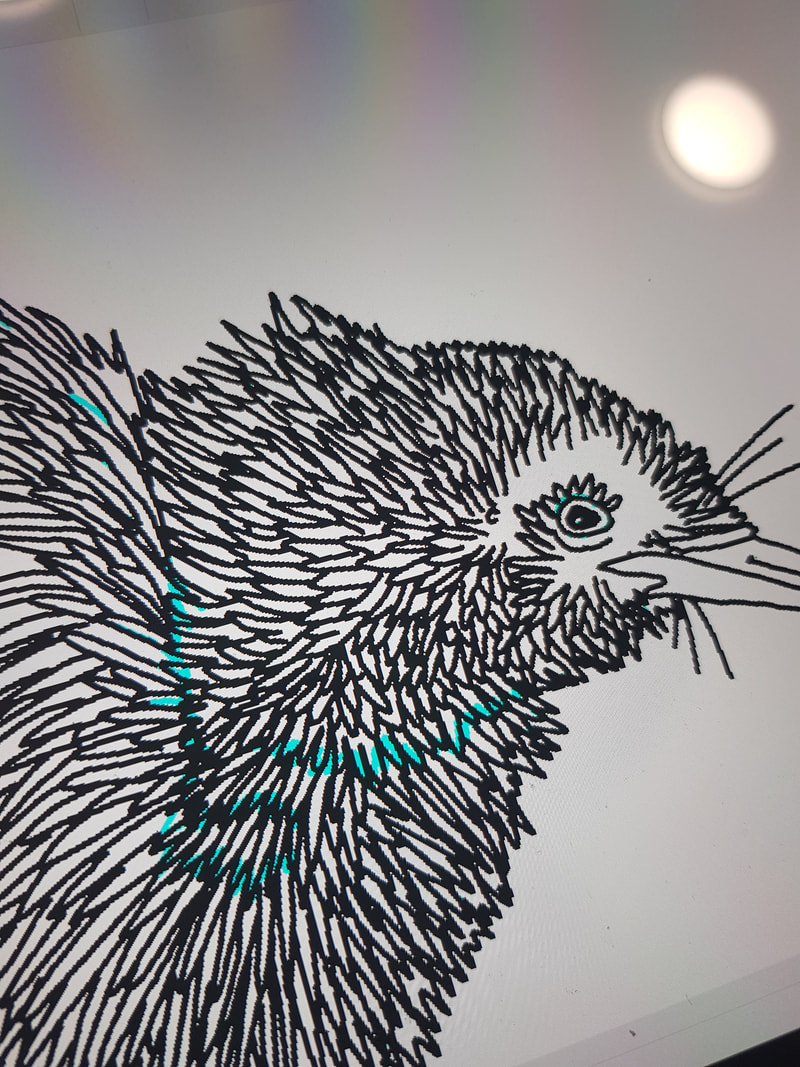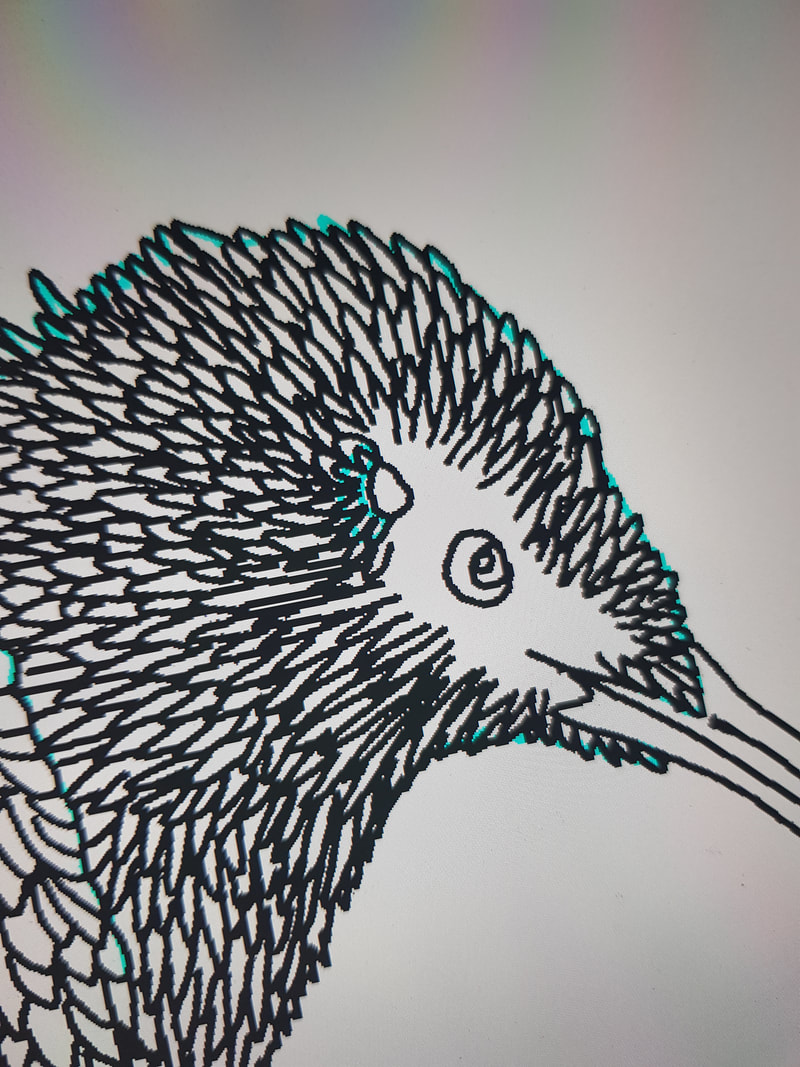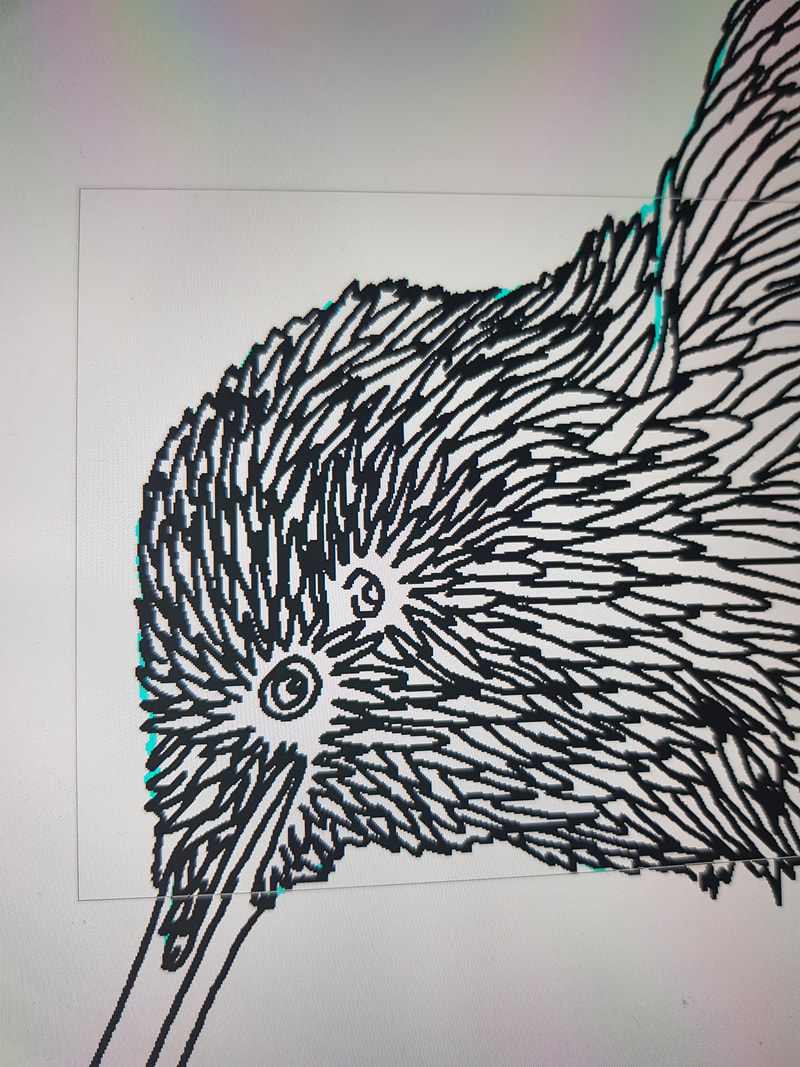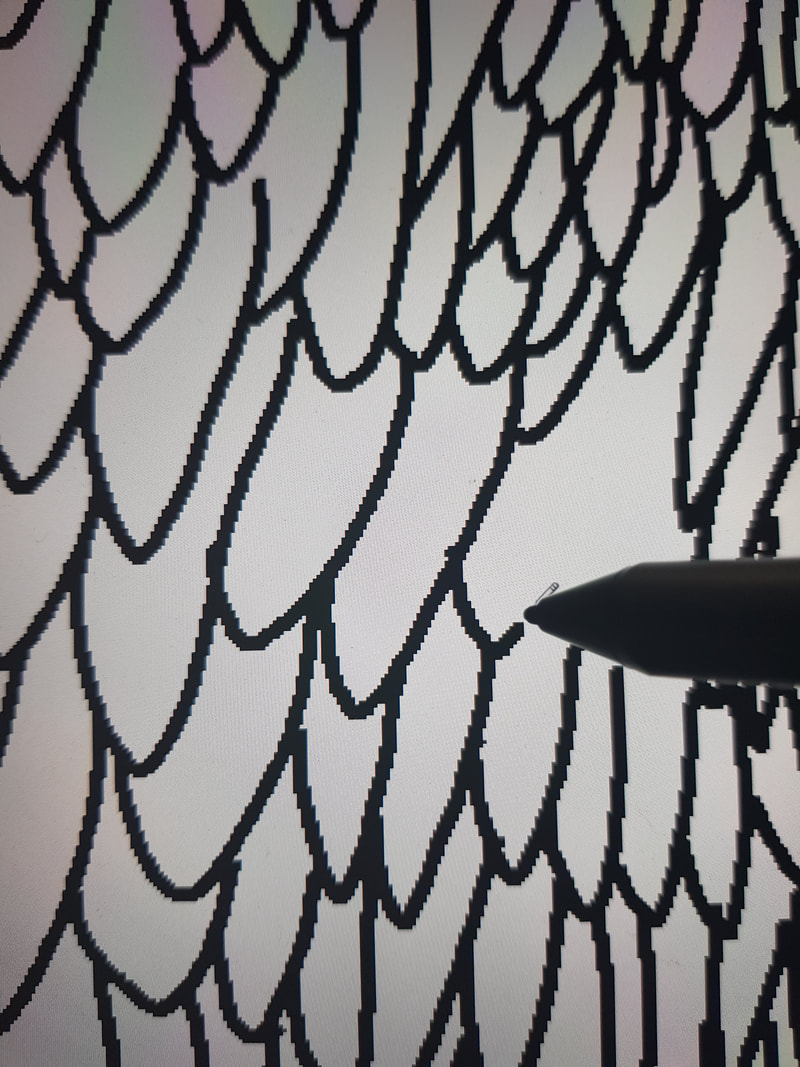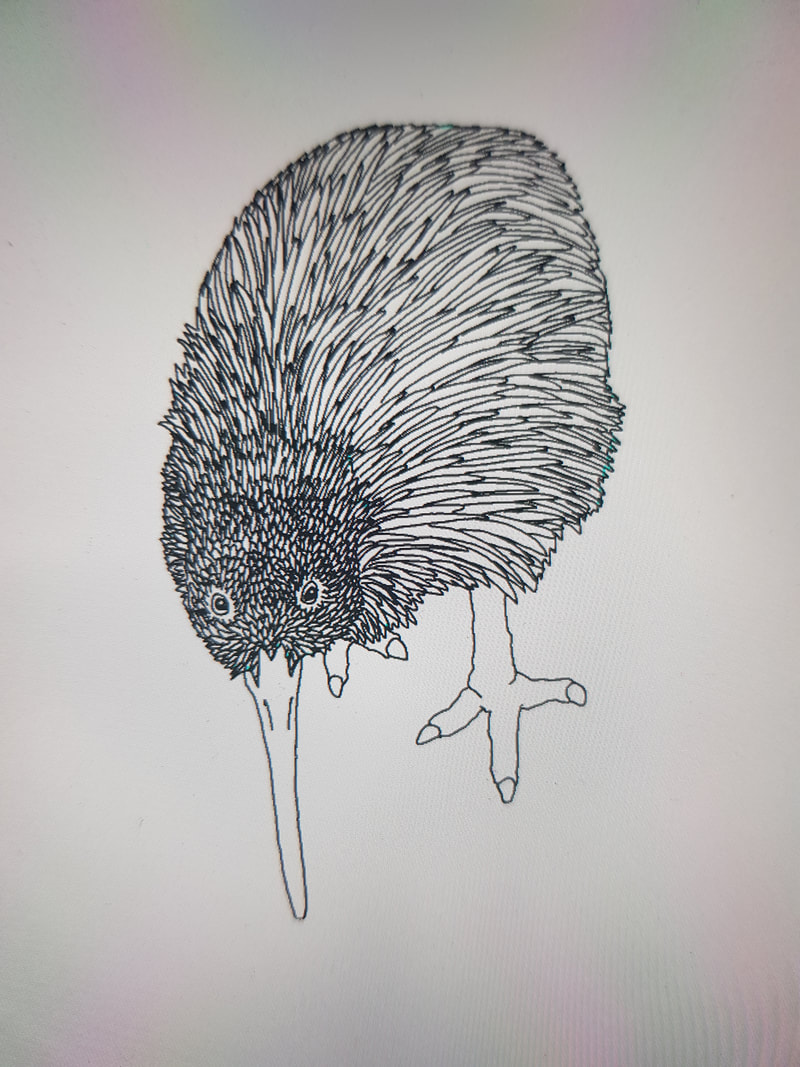Meet the Tokoeka (at the same time as me, lol)
OMG – the tokoeka is a Kiwi! How delightful! I really enjoy being a bit surprised by the subject of my design each day, so I research as I go.
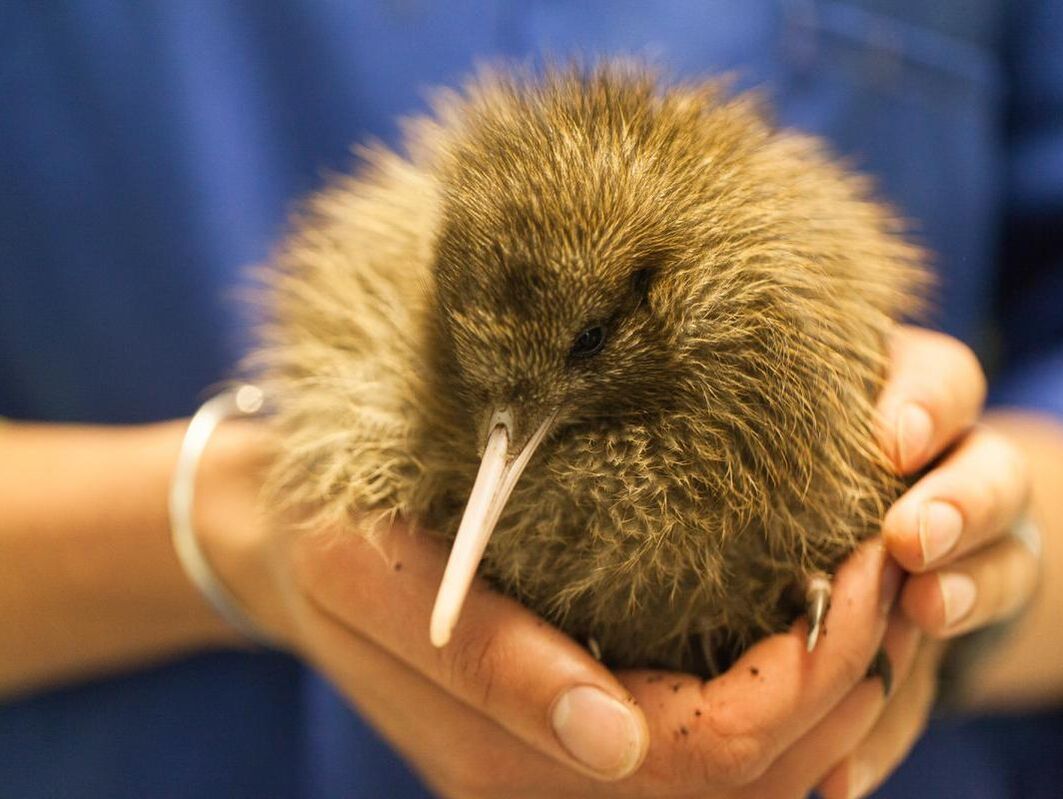
Southern brown kiwi. Captive-bred Haast tokoeka chick . Willowbank Wildlife Park, January 2011. Image © Sabine Bernert by Sabine Bernert www.sabinebernert.fr
|
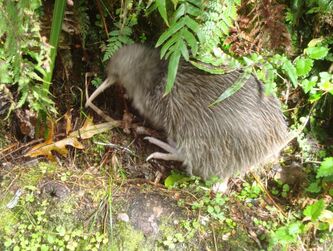
Southern brown kiwi. Adult in undergrowth. Milford Track, Fiordland National Park, November 2009. Image © Department of Conservation ( image ref: 10066524 ) by Anne Russell Department of Conservation Courtesy of Department of Conservation
|
You can’t write about kiwi and not include this viral video.
Sources and resources
Tokoeka – literally meaning ‘weka with a walking stick’ (Ngāi Tahu) – has three geographically and genetically distinct forms:
Haast
Fiordland, and
Rakiura (Stewart Island).
Haast tokoeka
A shy, mountain-loving bird, the Haast tokoeka is one of our rarest kiwi. More than half the known population lives in an actively managed area of the Haast ranges, where the battle continues to save these birds from extinction.
Source:
DOC
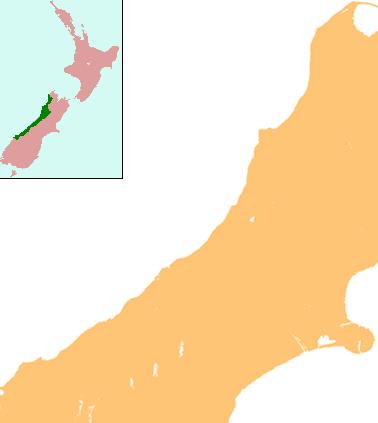
The Haast region covers over 2,500 square kilometres (970 sq mi) on the West Coast of the South Island of NZ.
|
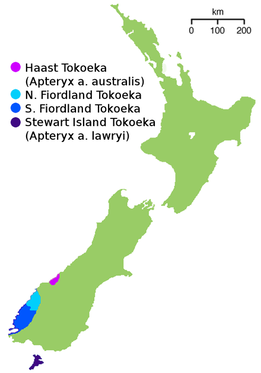
The distribution of southern brown kiwi, with the Haast Tokoeka in purple.
|
The reclusiveness of Haast tokoeka makes it difficult to work with but so does the inhospitable environment in which it makes a home – the steep terrain and frequently cold, bad weather of the mountainous South Westland is not for everyone.
Most of the area in which Haast tokoeka are found is covered by the Haast Kiwi Sanctuary, where they are actively managed in situ and through Operation Nest Egg and a 12,000 ha stoat trapping programme.
Haast tokoeka are the first-equal endangered kiwi. Stoats are the main cause of death for many chicks.
Source:
DOC
Two subspecies are formally recognised: Fiordland tokoeka A. a. australis (Threatened/Nationally Vulnerable), and Stewart Island tokoeka A. a. lawryi (Threatened/Nationally Vulnerable). A third geographical form, Haast tokoeka A. a. ‘Haast’ (Threatened/Nationally Critical), from the Haast Range and Arawhata Valley, is recognised as being distinct for management purposes, based on morphological and genetic differentiation from Fiordland tokoeka.Source:
NZ birds online
Controversy…?
So, DOC says that there are three sub-species, and NZ birds online says that there are only two, with the Haast tokoeka being only an administrative classification…
Wikipedia also recognises that there are two species, with the Hast population as genetically distinct.
The southern brown kiwi is divided into two subspecies:
A. a. australis, , with a population of approximately 7,000 birds is found on the South Island of New Zealand. A disjunct population, near Haast, called the Haast brown kiwi (not to be confused with Apteryx haastii), is rare (with only about 250 specimens left) and is characterised by its rufous plumage.
Source:
Wikipedia
Getting familiar with our national bird
Right, so in summary, there are 5 species of kiwi.
- One species, Apteryx australis, has two subspecies, Apteryx australis australis, and Apteryx australis lawryi.
- Sub-species Apteryx australis australis includes a disjunct population, near Haast, called the Haast brown kiwi, or tokoeka, which is rare (with only about 250 specimens left) and is characterised by its rufous plumage.
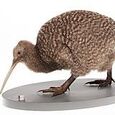
Apteryx haastii – greater spotted kiwi
|
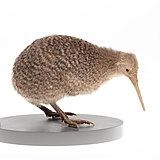
Apteryx owenii – little spotted kiwi
|
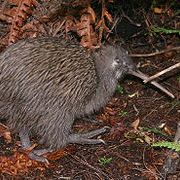
Apteryx australis – southern brown kiwi, Tokoeka, or Common kiwi
|
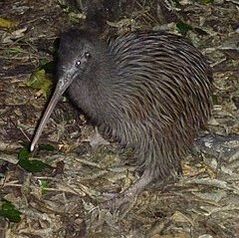
Apteryx rowi – Okarito kiwi
|
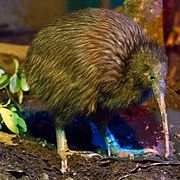
Apteryx mantelli or Apteryx australis – North Island brown kiwi
|
And, ok, yeah, it looks pretty understandable that people looking for a kiwi (genus
Apteryx) commonly known as the “Haast tokoeka” might think that the
Apteryx haastii might be the right bird, especialiiy as it is found on the West Coast of the South Island, although it’s in the northern parts, rather than down south near Haast
– the plot thickens!
Oh, no it doesn’t. It’s just one of those weird coincidences:
In 1871, two specimens [of the great spotted kiwi] were brought to the Canterbury Museum, where they were identified as a new species and were named after the museum’s curator, Dr. Haast.
Source:
Wikipedia
What do they sound like?
This video includes a slightly awkward commentary, but it also includes a kiwi calling, so it’s pretty cool.
So, ok, let’s draw this birb
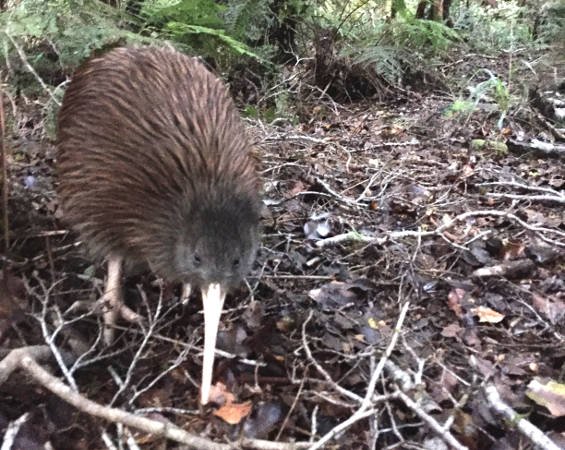
Haast tokoeka Image: DOC
|
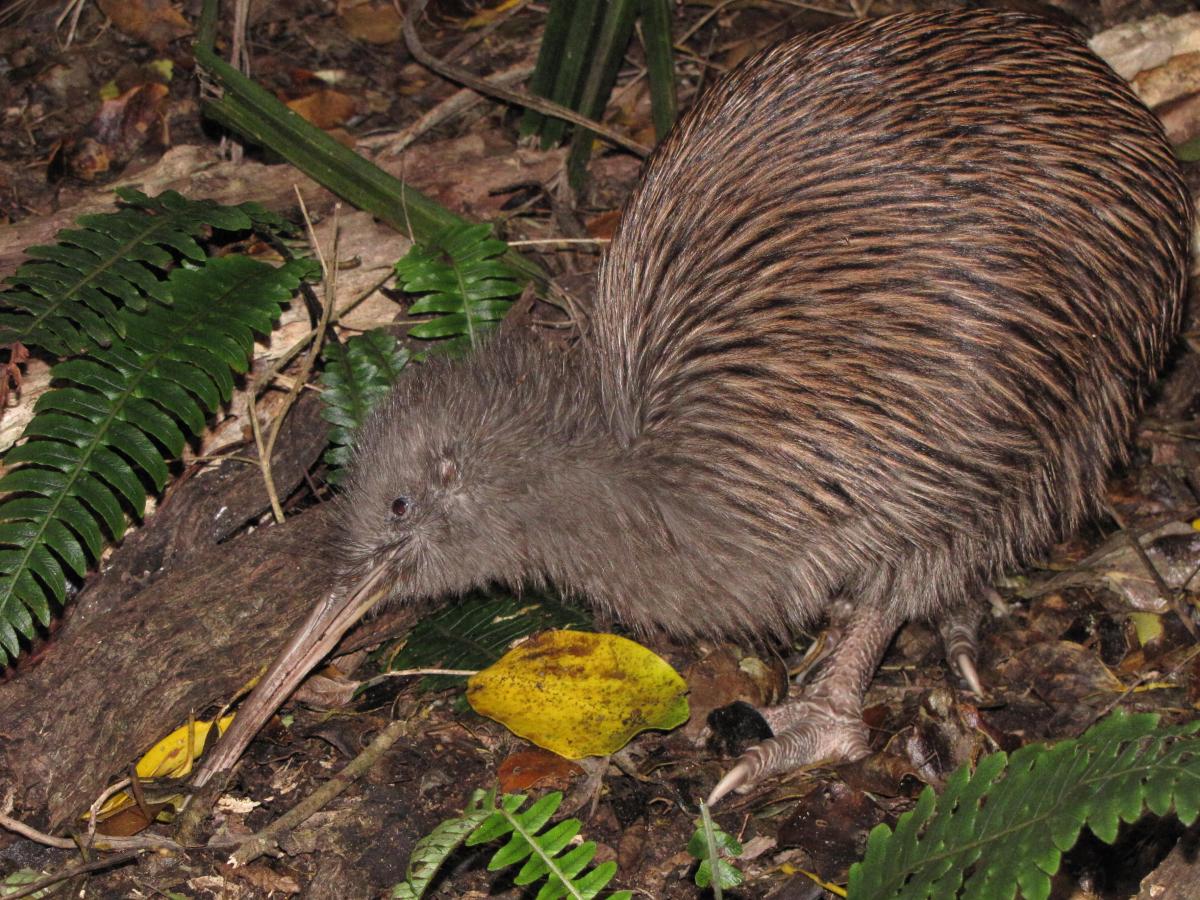
Southern brown kiwi. Adult Stewart Island brown kiwi feeding at midday. Lords River, Stewart Island, May 2012. Image © Paul Peychers by Paul Peychers Wildlife images
|
Drawing the tokoeka
I have drawn kiwi plenty of times before, but never with as much attention to the anatomy of the bird. Kiwi have such a recognisable shape that there’s not much need for accuracy in order to convey that your drawing is a kiwi.
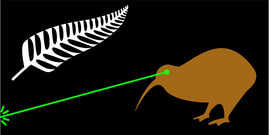
James Gray’s ‘Fire the Lazer’ (Laser Kiwi).
|
|
This time around, I’m drawing “for realz”, so it’s time to really look at the anatomy of the kiwi.
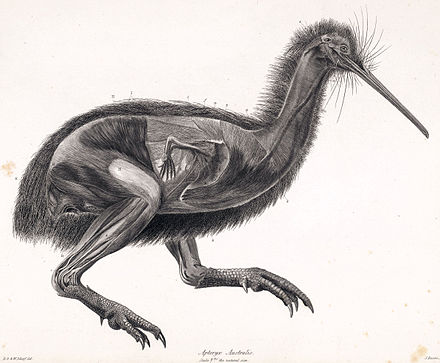
Drawing of dissected specimen, with exposed muscles and wing-claw
|
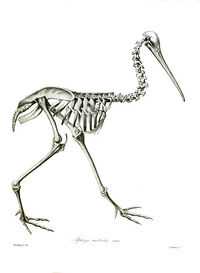
Southern brown kiwi skeleton
|
And now, we start the sketches. First, I blocked out a few poses using a simplified skeleton, then I fleshed them out as outlines.
Weird, weird feathers
The outlines didn’t take long, but the feathers… The feathers took forever. You can still see the turquoise outlines under the final black lines, here.
And those feathers were a PAIN to colour – but they are done!













